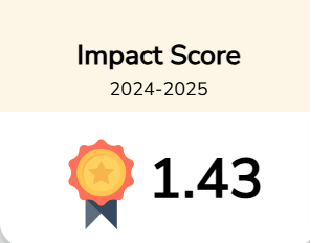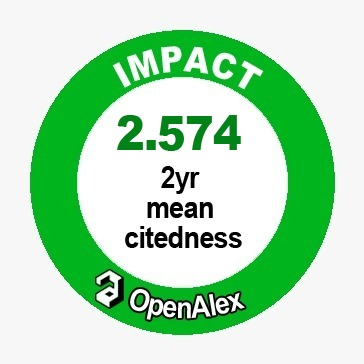Analyzing the Contribution of Financial Development to Economic Growth in the MENA Region
Downloads
Purpose: This research is based on endogenous growth theory and aims to analyze the determinants of financial development (FD) and its influence on economic growth in Middle Eastern and North African countries (Algeria, Djibouti, Egypt, Iran, Jordan, Lebanon, Mauritania, Morocco, Sudan, Tunisia, and Turkey) over a period of 11 years, from 1991 to 2022.
Design/Methodology/Approach: This study uses the panel ordinary least squares technique, the fixed effects model, and the random effects model. The empirical findings showed the presence of heteroskedasticity, cross-sectional dependency, and serial correlation; therefore, the Driscoll-Kraay method was used to correct the standard errors.
Findings: The findings will encourage policymakers to take action on the financial system in MENA countries by refining it.
Conclusion: The results of the estimation model show that financial development has a negative impact, leading to a 0.113 percentage point decrease in gross domestic product (GDP) per capita growth, which is used as a proxy for economic growth. In contrast, foreign direct investment positively impacts GDP, increasing it by 0.07 percentage points. Additionally, the findings indicate that trade has an insignificant impact on GDP per capita growth.
Research limitations/Implications: Missing data in some countries poses a challenge, preventing a comprehensive analysis of financial development across the entire MENA region.
Practical implications: This research provides insights into financial development strategies for policymakers in MENA.
Contribution to Literature: This article offers a new perspective on measuring financial development and evaluating the relationship between economic growth and financial development in MENA countries.





